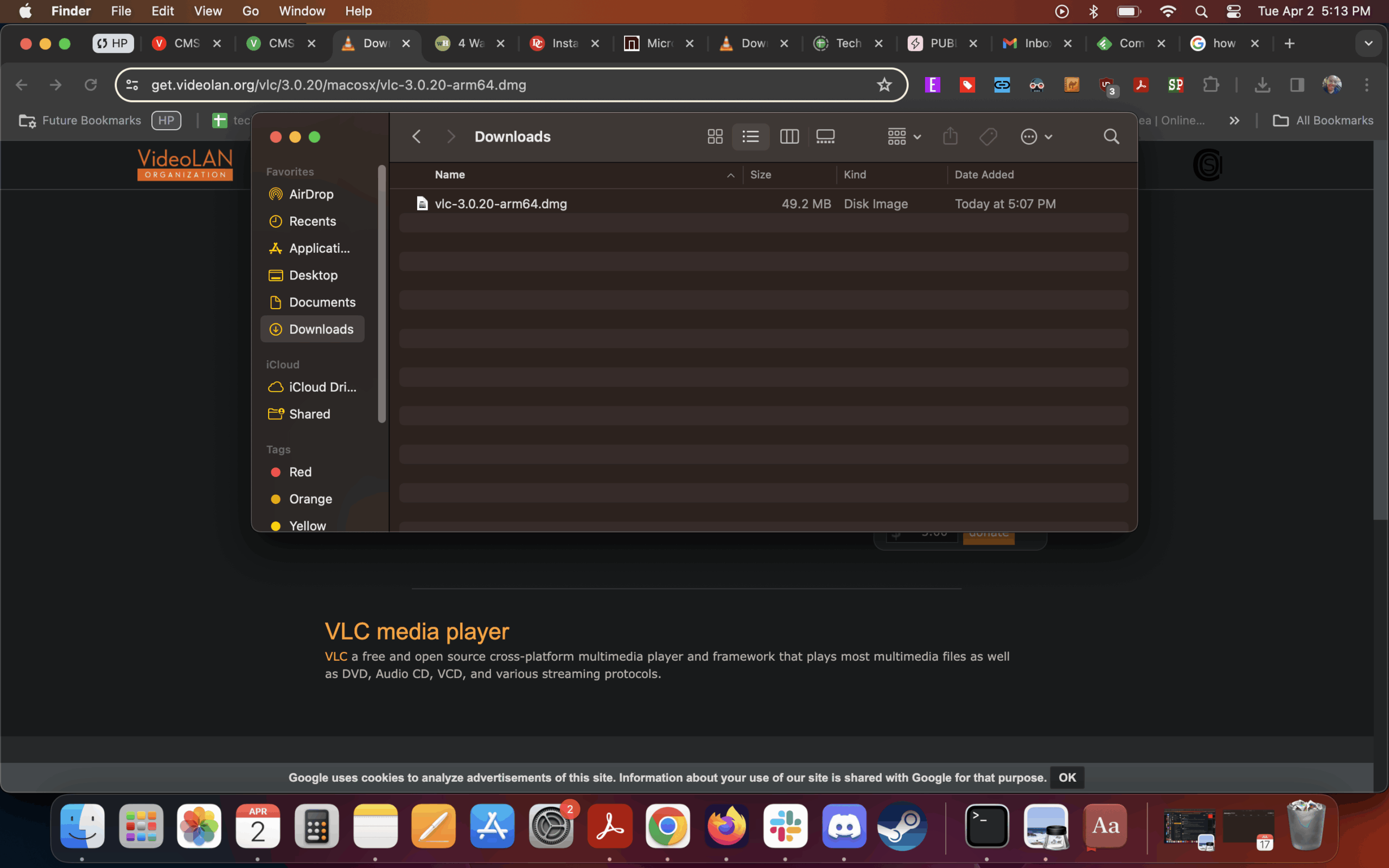
VLC Media Player Web Plugin: A Comprehensive Guide
The VLC media player web plugin once allowed users to embed VLC’s powerful playback capabilities directly into web browsers. While its official support has waned due to security concerns and the rise of HTML5 video, understanding its history, functionality, and alternatives remains valuable. This article delves into the intricacies of the VLC media player web plugin, exploring its past glory, reasons for deprecation, and modern alternatives for embedding video content online. The VLC media player web plugin was a handy tool for playing various media formats directly within a web browser.
The Rise and Fall of the VLC Web Plugin
Initially, the VLC media player web plugin was a popular choice for web developers seeking to provide seamless video playback. It supported a wide array of codecs and formats, often surpassing the native capabilities of browsers. This made it a versatile solution for streaming video, playing local files, and even displaying live feeds directly on websites. The plugin leveraged the robust engine of the desktop VLC player, offering a consistent and reliable playback experience across different operating systems and browsers.
However, as web technologies evolved, vulnerabilities within browser plugins, including the VLC media player web plugin, became increasingly apparent. These vulnerabilities could be exploited by malicious actors to compromise user security. The reliance on NPAPI (Netscape Plugin Application Programming Interface), the technology underlying many browser plugins, also presented challenges as browsers began phasing out NPAPI support.
Ultimately, the core development team behind VLC made the decision to discontinue official support for the VLC media player web plugin. This was primarily driven by security concerns and the increasing viability of HTML5 video as a more secure and standardized alternative.
Why Was the VLC Web Plugin Deprecated?
Several factors contributed to the deprecation of the VLC media player web plugin:
- Security Vulnerabilities: Browser plugins, including the VLC plugin, were frequent targets for exploits. The NPAPI architecture, while powerful, introduced security risks that were difficult to mitigate.
- NPAPI Deprecation: Major browsers like Chrome and Firefox began phasing out support for NPAPI, rendering the plugin incompatible with newer browser versions.
- Rise of HTML5 Video: HTML5 video offered a native, standardized way to embed video content in web pages without relying on external plugins. This provided a more secure and consistent playback experience.
- Maintenance Burden: Maintaining a browser plugin required significant effort to keep pace with browser updates and address security vulnerabilities. The VLC team likely found that dedicating resources to the plugin was no longer sustainable given the availability of alternatives.
Understanding the Functionality of the VLC Web Plugin (Historically)
Before its deprecation, the VLC media player web plugin offered a range of functionalities:
- Video Playback: It could play a wide variety of video formats, including MPEG, AVI, MOV, WMV, and more.
- Audio Playback: It also supported various audio formats like MP3, AAC, and OGG.
- Streaming: It could stream video and audio from network sources, including live broadcasts.
- Customization: Developers could customize the plugin’s appearance and behavior using JavaScript.
- Full Screen Mode: It allowed users to switch to full-screen mode for an immersive viewing experience.
Alternatives to the VLC Web Plugin
While the VLC media player web plugin is no longer actively supported, several alternatives provide similar functionality for embedding video content in web pages:
HTML5 Video
HTML5 video is the preferred method for embedding video in modern web pages. It offers several advantages over plugins:
- Native Support: It’s supported by all major browsers without requiring external plugins.
- Security: It’s more secure than plugins as it’s integrated directly into the browser.
- Accessibility: It provides better accessibility features for users with disabilities.
- Standardization: It’s a standardized technology, ensuring consistent playback across different browsers and devices.
To use HTML5 video, you can use the <video> tag in your HTML code:
<video width="640" height="360" controls>
<source src="video.mp4" type="video/mp4">
<source src="video.webm" type="video/webm">
Your browser does not support the video tag.
</video>You should provide multiple video formats (e.g., MP4 and WebM) to ensure compatibility across different browsers. [See also: HTML5 Video Implementation Guide]
Video.js
Video.js is a popular open-source HTML5 video player library. It provides a consistent and customizable interface for playing video content on the web. It also offers support for older browsers that may not fully support HTML5 video.
JW Player
JW Player is a commercial video player that offers a wide range of features, including adaptive bitrate streaming, analytics, and advertising support. It’s a popular choice for professional video publishers. [See also: JW Player vs. Video.js]
Other JavaScript Video Libraries
Numerous other JavaScript libraries can be used to enhance HTML5 video playback, including:
- Plyr
- MediaElement.js
- Clappr
Security Considerations When Embedding Video
Regardless of the method you choose for embedding video, it’s important to consider security:
- Use HTTPS: Always serve your video content over HTTPS to prevent man-in-the-middle attacks.
- Sanitize User Input: If you allow users to upload video content, sanitize their input to prevent cross-site scripting (XSS) attacks.
- Keep Software Up-to-Date: Regularly update your video player libraries and server software to patch security vulnerabilities.
- Content Security Policy (CSP): Implement a Content Security Policy to restrict the sources from which your web page can load resources.
Conclusion
While the VLC media player web plugin is a relic of the past, its legacy serves as a reminder of the evolving landscape of web technologies. The shift from browser plugins to native HTML5 video has improved security, standardization, and accessibility. By understanding the history of the VLC media player web plugin and exploring modern alternatives, developers can create engaging and secure video experiences for their users. The VLC media player web plugin was a pioneering technology, but its time has passed. Embrace modern alternatives like HTML5 video for a better user experience.

